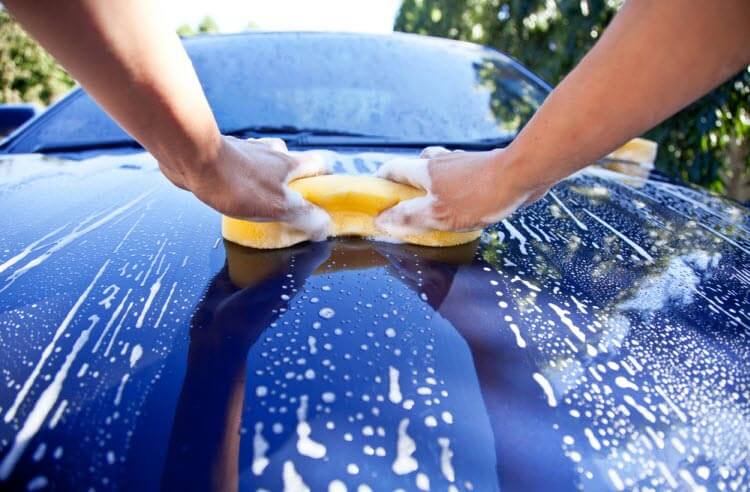
Washing your car isn’t just about maintaining its appearance; it’s also crucial for preserving its paint, preventing rust, and ensuring longevity. Whether you’re a first-time car washer or looking to refine your technique, this detailed guide will walk you through the steps to achieve a sparkling clean car from top to bottom.
1. Gather Your Supplies
Before you begin, gather the necessary supplies:
- Car wash soap (specifically formulated for cars)
- Two buckets (one for soapy water, one for rinse water)
- Microfiber wash mitt or sponge
- Soft bristle brush (for wheels and tires)
- Wheel cleaner (if needed)
- Water hose with spray nozzle or pressure washer
- Drying towels (microfiber preferred)
- Wheel cleaner (if needed)
- Tire shine (optional)
- Glass cleaner
- Appropriate protective gear (gloves, eyewear)
2. Choose the Right Location
Park your car in a shaded area to prevent the soap from drying too quickly, which can leave streaks and water spots. Ensure the ground is stable and won’t cause slipping, especially if using water or cleaning agents.
3. Pre-Wash Inspection
Inspect your car for any visible dirt, debris, or stubborn stains that may require extra attention. Note areas such as wheels, undercarriage, and lower panels that tend to accumulate more grime.
4. Rinse Your Car
Start by rinsing your car thoroughly with water to loosen and remove surface dirt and grime. Use a hose with a spray nozzle or pressure washer for best results, ensuring you reach all areas including the roof, hood, and underneath the car.
5. Wash with Soap
Fill one bucket with clean water and another with water mixed with car wash soap according to the manufacturer’s instructions. Use the wash mitt or sponge to apply soapy water to the car in sections, starting from the roof and working your way down. Rinse the mitt or sponge frequently in the clean water bucket to prevent dirt buildup.
6. Clean Wheels and Tires
Use a separate sponge or soft bristle brush and wheel cleaner to clean the wheels and tires thoroughly. Pay attention to brake dust and grime buildup, especially in crevices and around lug nuts. Rinse thoroughly.
7. Rinse Thoroughly
Once you’ve washed the entire car, rinse off all soap and suds with clean water, ensuring no residue is left behind. Pay special attention to door jambs, wheel wells, and undercarriage to remove any remaining dirt.
8. Dry Your Car
Using microfiber drying towels, gently blot and wipe the car dry starting from the roof and working your way down. Avoid air drying, as it can lead to water spots. Take care to dry door jambs, window sills, and around mirrors.
9. Clean and Polish Glass
Spray glass cleaner onto a clean microfiber cloth and wipe down all windows and mirrors inside and out. Use a separate cloth or paper towel to buff glass surfaces to a streak-free shine.
10. Finishing Touches
Apply tire shine to clean, dry tires if desired, following the manufacturer’s instructions. Inspect your car for any missed spots or streaks and touch up as needed.
11. Interior Cleaning (Optional)
If time permits and your car needs it, vacuum the interior, wipe down surfaces with a suitable cleaner, and tidy up any clutter. This step can enhance the overall cleanliness and enjoyment of your car.
12. Maintenance and Protection
Consider applying a wax or sealant to protect your car’s paint and enhance its shine. Regular waxing helps maintain the finish and makes future washes easier by repelling dirt and water.
Conclusion
By following these detailed steps and using the right tools and products, you can achieve a professional-quality car wash at home. Regularly washing and maintaining your car not only keeps it looking great but also preserves its value and extends its lifespan. With practice, you’ll develop your own techniques and routines that suit your car’s needs and your personal preferences, ensuring many years of enjoyable driving with a clean and well-maintained vehicle.







